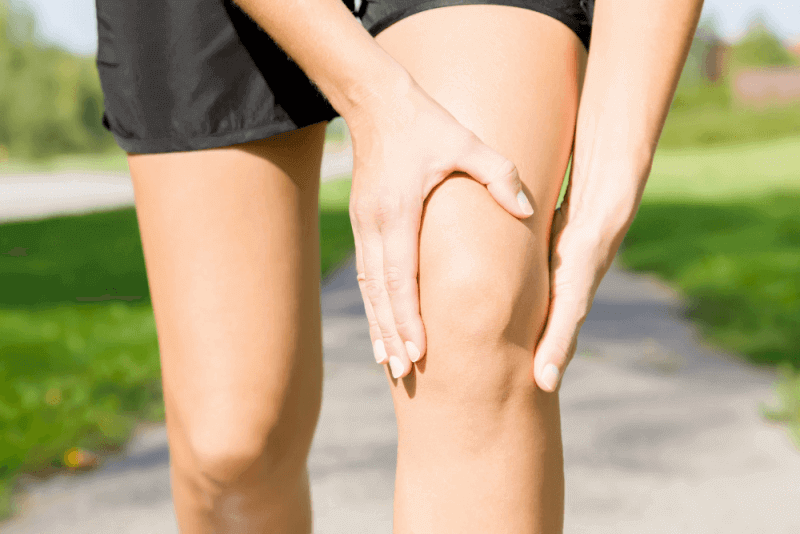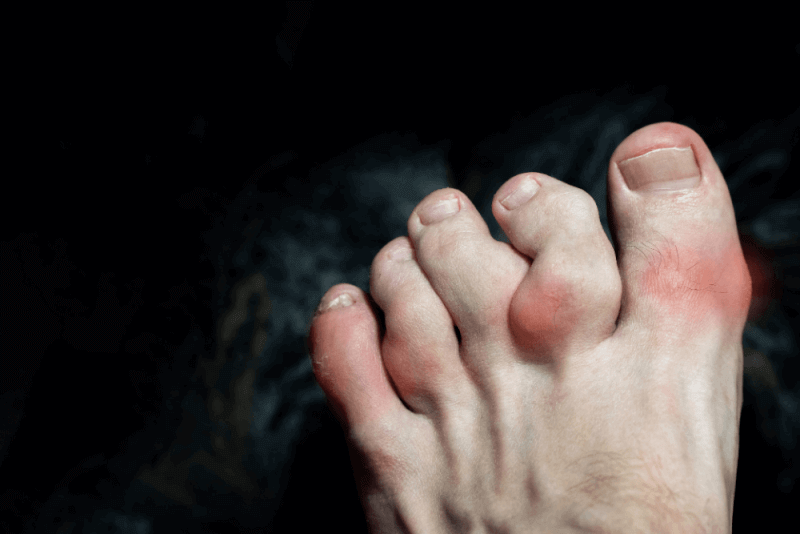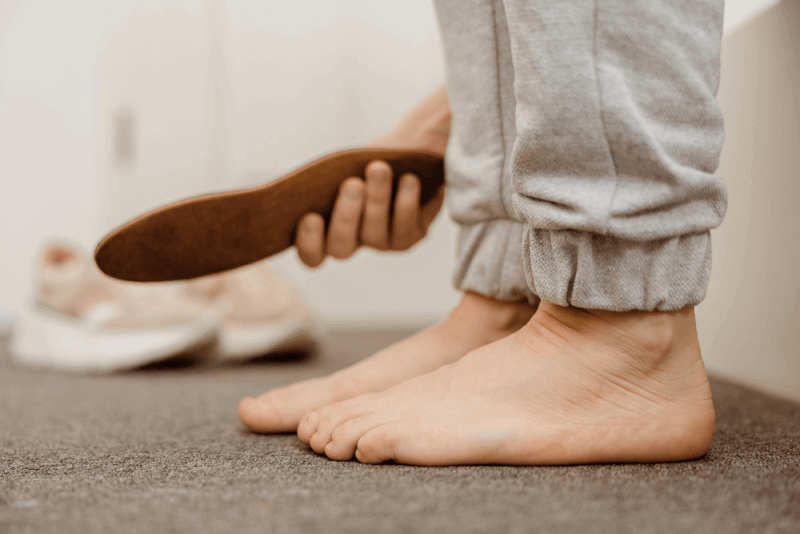30 Second Summary
- Bursitis is a painful condition that affects fluid-filled sacs called bursae, which cushion tendons, bones, and muscles in joints such as the wrist, elbow, knee, and shoulder.
- The most common cause of bursitis is repetitive movements that apply pressure to the joints due to work or hobbies.
- Diagnosis of bursitis is typically made based on the patient's medical history and physical examination.
- Bursitis usually heals on its own without any treatment. Resting the joint, applying cold, and using pain relievers are usually enough.
What is Bursitis?
Bursitis is a painful condition that affects the fluid-filled sacs called bursae, which cushion tendons, bones, and muscles in joints such as the wrist, elbow, knee, and shoulder. Bursitis typically occurs in the shoulders, elbows, knees, and hips, but can also affect the heel and big toe. It usually develops from repetitive movements.
Treatment typically involves resting the joint or protecting it from further injury. With rest, most cases heal on their own within a few weeks. However, bursitis can have flare-ups.
Causes of Bursitis
The most common cause of bursitis is repetitive movements that put pressure on the joints due to work or hobbies. Injuries and infections can also cause bursitis. Activities that may lead to bursitis include:
- Carpentry
- Gardening
- Poor posture
- Shoveling
- Tennis
- Playing instruments
Risk factors for bursitis include:
- Being an athlete
- Being a musician
- Working in physical or manual labor jobs
Certain health conditions, such as the following, also increase the likelihood of developing bursitis:
- Arthritis, particularly gout and psoriatic arthritis
- Diabetes
- Thyroid disorders
Symptoms of Bursitis
Common symptoms of bursitis include:
- Pain when moving the affected joint
- Limited range of motion
- Swelling
If bursitis is caused by an infection, other symptoms may appear, such as:
- Skin color changes
- Warmth or heat sensation
- Fever
- Shivering
Diagnosis of Bursitis
Bursitis is typically diagnosed based on the patient's medical history and physical examination. If necessary, additional tests may be performed, such as:
Imaging Tests
X-rays help rule out other potential causes of similar symptoms but do not confirm bursitis. If a diagnosis cannot be made through physical examination, ultrasound or MRI may be used.
Laboratory Tests
Blood tests or fluid samples taken from the inflamed bursa may be used to determine the cause of the joint inflammation or pain.
Treatment Methods for Bursitis
Bursitis typically heals on its own without treatment. Resting the joint, applying cold, and using pain relievers are usually enough. If these methods do not work, additional treatment options include:
Medications
If inflammation in the bursa is caused by infection, antibiotics may be prescribed.
Physical Therapy
Physical therapy or specific exercises help strengthen the muscles in the affected area, alleviating pain.
Injection Treatment
Corticosteroids injected directly into the bursa can help reduce pain and inflammation in the shoulder or hip. This is a fast-acting treatment option.
Assistive Device Use
Using assistive devices like crutches can help relieve pressure on the affected area.
Surgery
In some cases, surgery is needed to drain the inflamed bursa or remove it surgically. However, surgical options are rarely used.
Types of Bursitis
Bursitis can occur in various joints, so it is classified based on the affected area.
Prepatellar Bursitis
When bursitis occurs in the knees, it is called prepatellar bursitis. This type is also known as "housemaid's knee."
Trochanteric Bursitis
Also known as iliopsoas bursitis, it occurs when bursitis affects the hip joint.
Olecranon Bursitis
When bursitis forms in the elbows, it is known as olecranon bursitis. This type is also referred to as "miner’s elbow" or "bartender’s elbow."
Subacromial Bursitis
When the bursa in the shoulder joints becomes inflamed, it is called subacromial bursitis.
Ischial Bursitis
This type occurs in the buttocks due to prolonged sitting on hard surfaces.
Risk Factors for Bursitis
Bursitis typically does not cause complications. However, if left untreated, the pain can become chronic. Flare-ups of bursitis can occur, causing pain to come and go. These flare-ups are triggered by the same irritation that initially caused the inflammation. Recurrent bursitis can damage the bursa, decreasing joint mobility.
Recovery Process of Bursitis
During the recovery process of bursitis, it is essential to rest the joint as much as possible. Additionally, elevating the affected area helps reduce swelling. Alternating between heat and ice applications can help reduce both inflammation and pain quickly. Supports such as braces or slings can be used to keep the joint immobilized.
How to Prevent Bursitis
While not all types of bursitis are preventable, changing the way certain tasks are performed can reduce the risk of bursitis and lessen the severity of flare-ups. Methods to prevent bursitis include:
- If your job or hobby requires frequent kneeling, using knee pads can help reduce pressure on the knee joints.
- Bending your knees while lifting objects from the ground can reduce the risk of bursitis in the hips.
- Using a wheeled cart to carry heavy loads can reduce the strain on your shoulders.
- Changing repetitive tasks with rest or other activities can help reduce stress on the joints.
- Maintaining a healthy weight can help alleviate pressure on the joints.
- Exercise helps strengthen muscles, supporting joint health.
- Warm-up and stretching exercises before strenuous activities can help prevent joint injuries.







